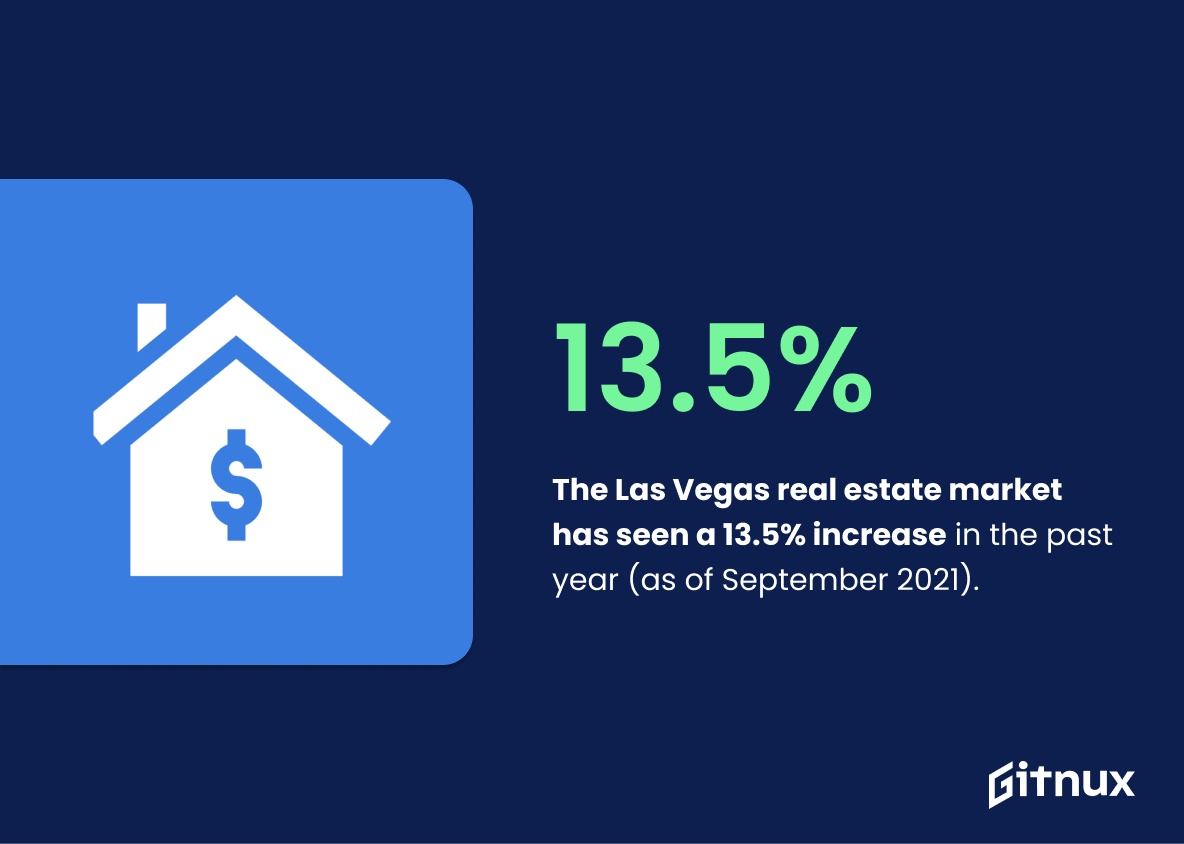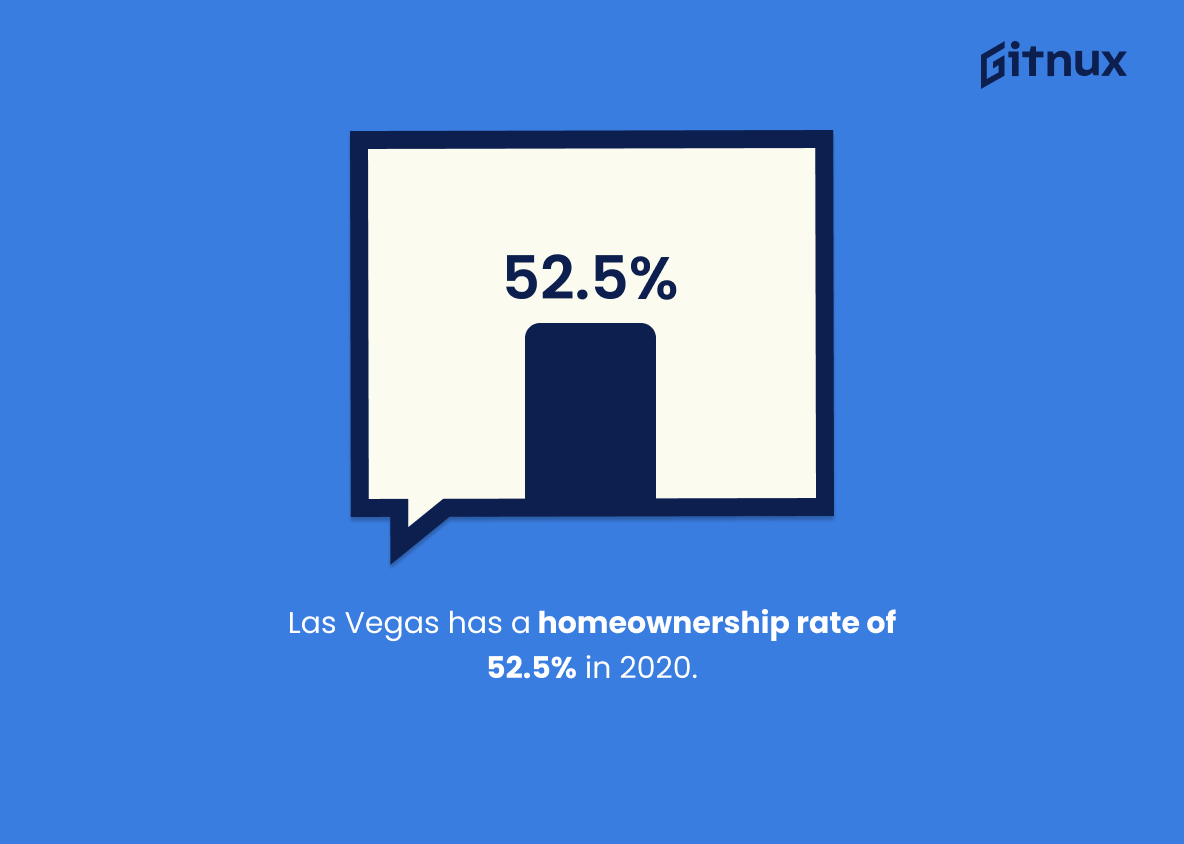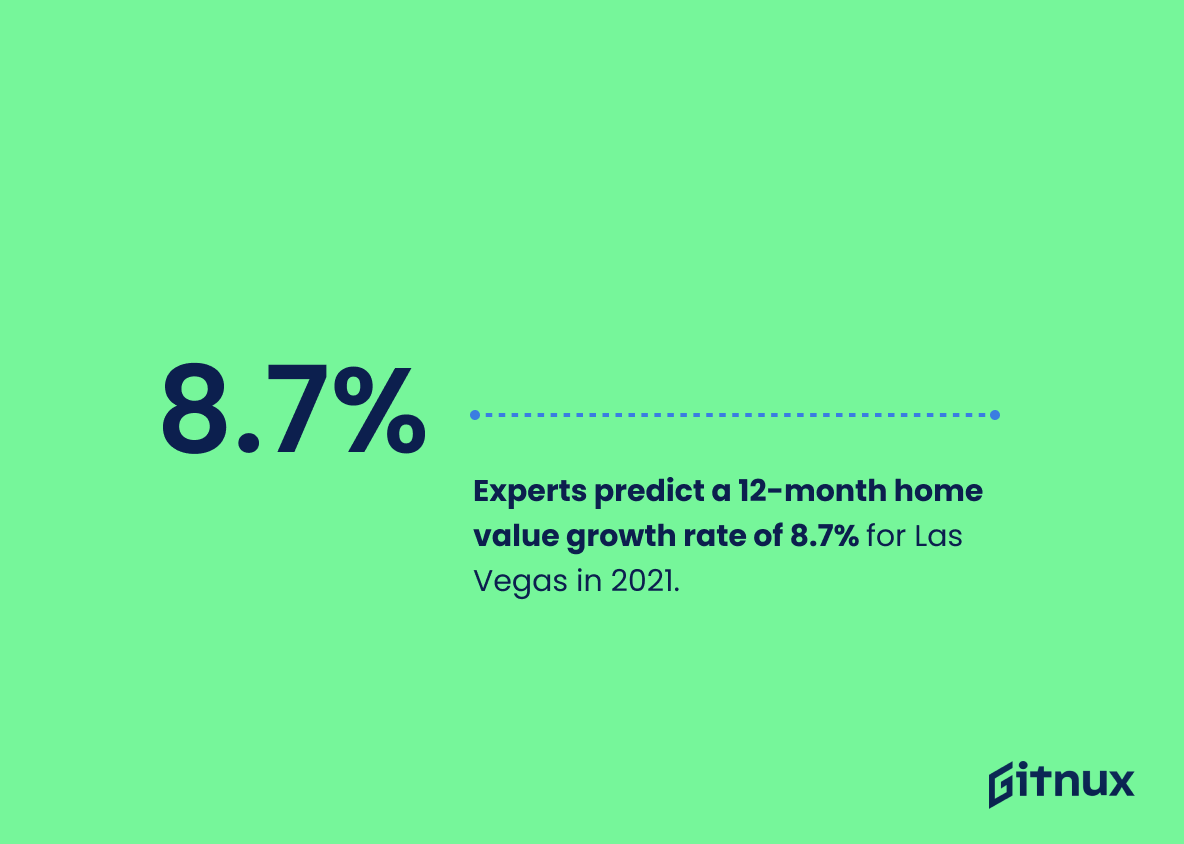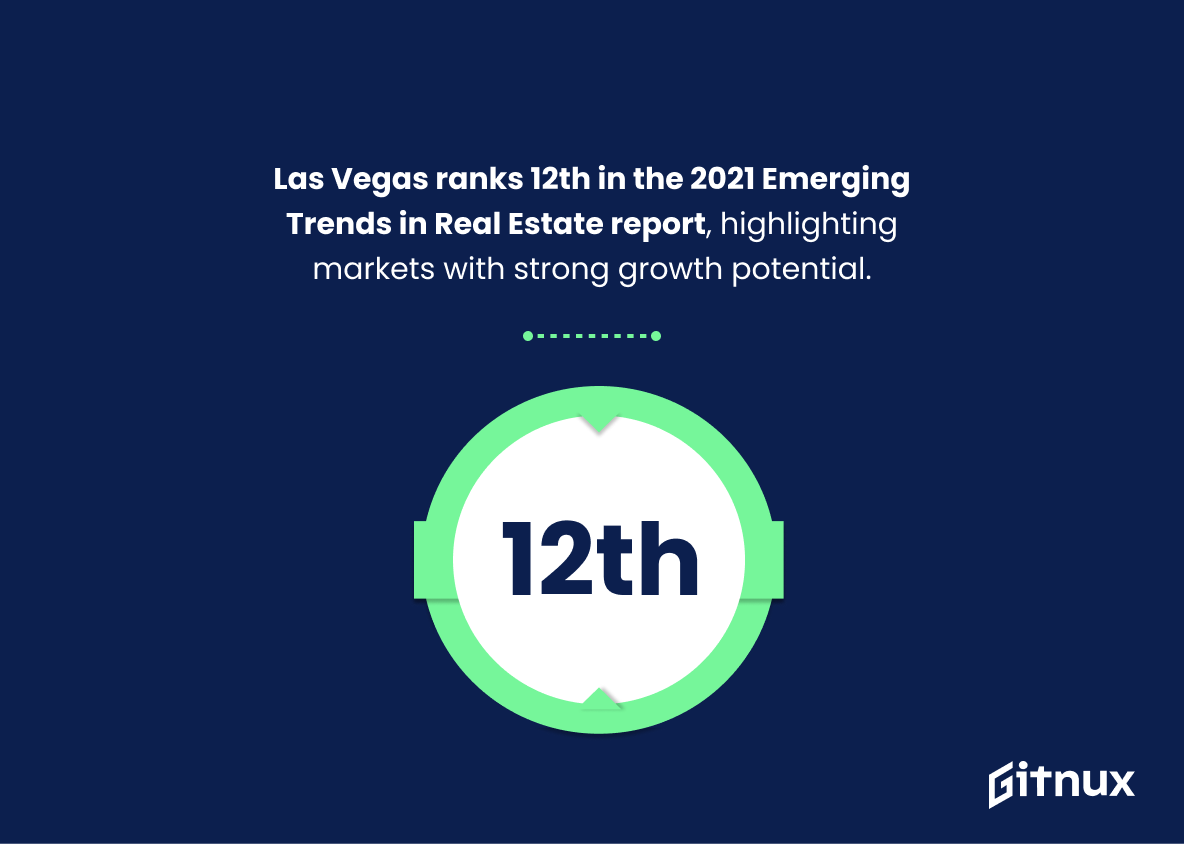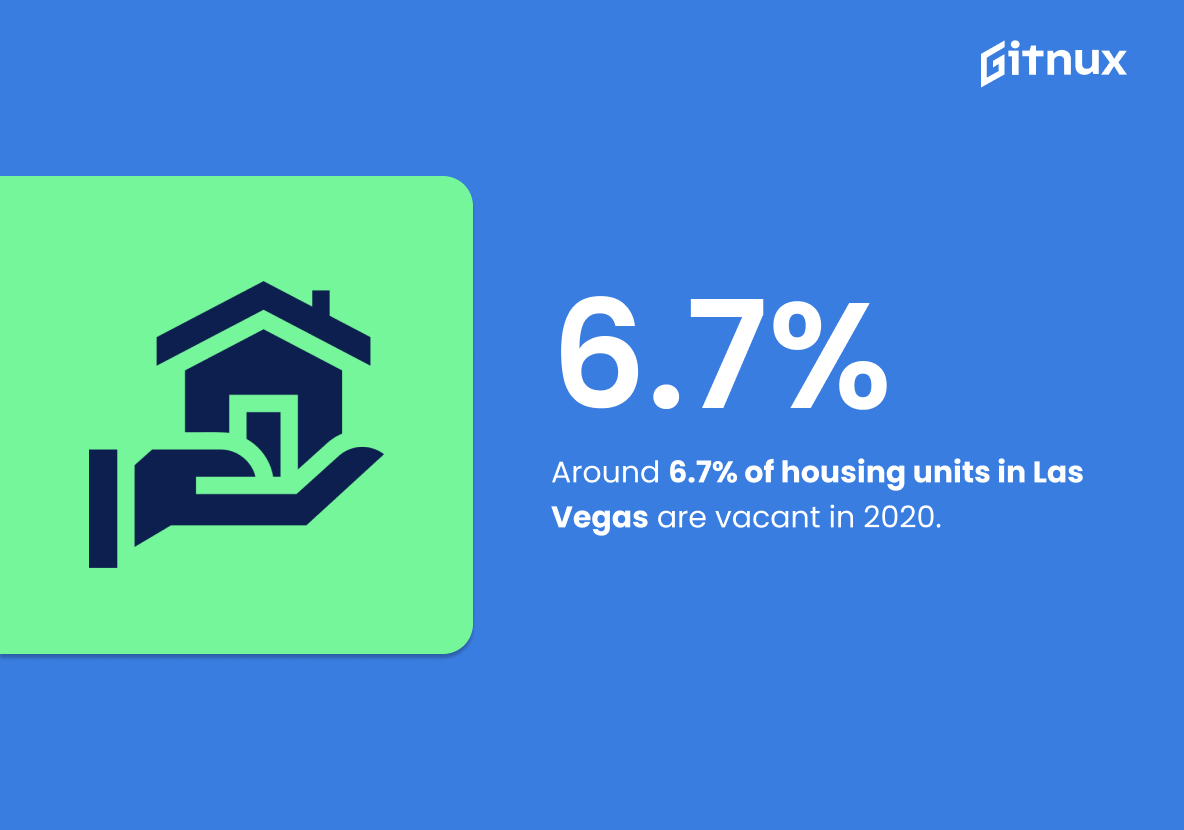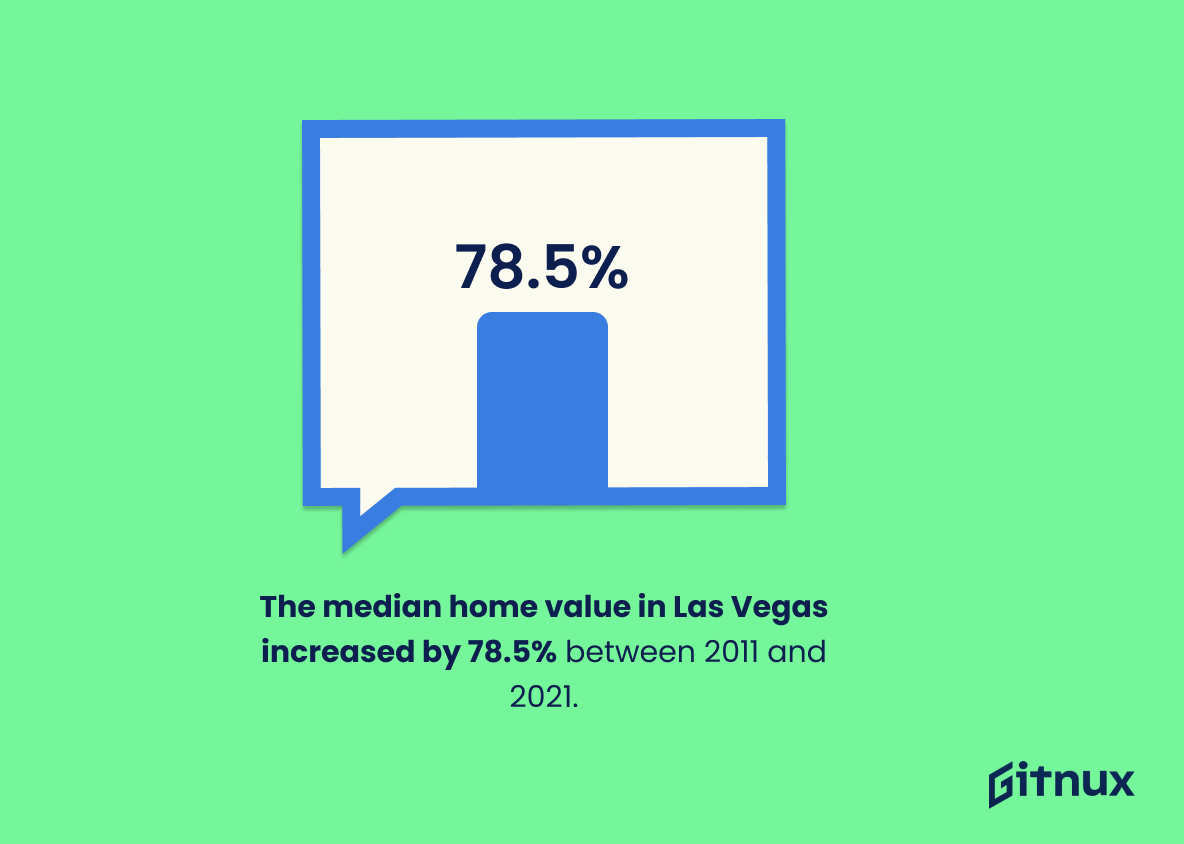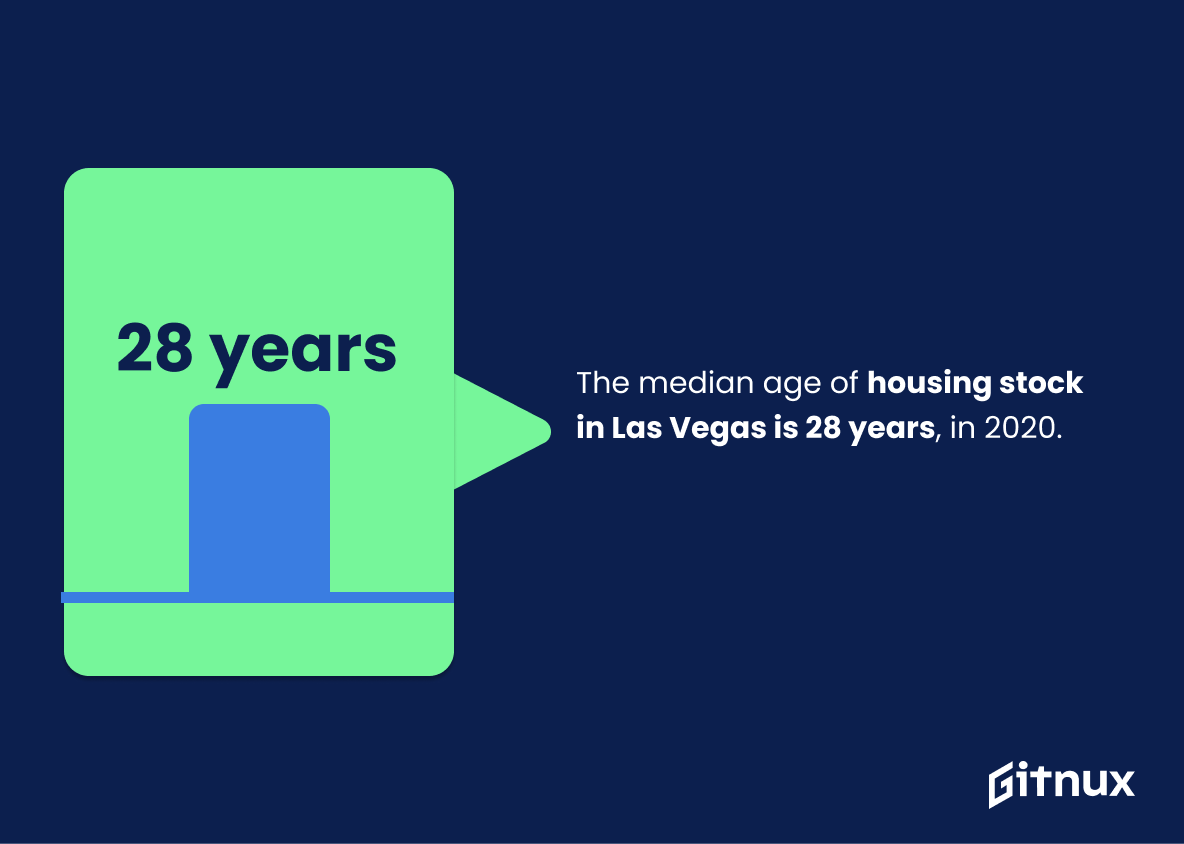Are you curious about the real estate market in Las Vegas? If so, then this blog post is for you. We have compiled a list of 20 statistics that provide an overview of the current state of Las Vegas Real Estate. From average home prices to population growth rates and more, these stats will give you insight into what’s happening in one of America’s most popular cities. Read on to learn more about the latest trends and figures related to Las Vegas Real Estate.
This statistic is a key indicator of the current state of the Las Vegas real estate market. It provides insight into the average cost of a home in the area, giving potential buyers an idea of what they can expect to pay for a home in the city. Additionally, it can be used to compare the current market to previous years, allowing readers to see how the market has changed over time.
The median rent price in Las Vegas is $1,595 (as of September 2021).
This statistic is a key indicator of the current state of the Las Vegas real estate market. It provides insight into the average cost of renting a home in the city, which can be used to compare the affordability of different neighborhoods and determine the overall cost of living in the area. Additionally, it can be used to gauge the potential return on investment for potential real estate investors.
Las Vegas Real Estate Statistics Overview
The Las Vegas real estate market has seen a 13.5% increase in the past year (as of September 2021).
This statistic is a testament to the strength of the Las Vegas real estate market, showing that it has seen a significant increase in the past year. This is great news for potential buyers and investors, as it indicates that the market is healthy and growing. It also shows that the city is a desirable place to live, as more people are choosing to invest in the area. This is an important statistic to consider when looking at Las Vegas real estate statistics.
Las Vegas has a homeownership rate of 52.5% in 2020.
The fact that Las Vegas has a homeownership rate of 52.5% in 2020 is a telling statistic when it comes to the real estate market in the city. It speaks to the stability of the market, as well as the potential for growth. It also indicates that there is a strong demand for housing in the area, which could be a great opportunity for potential buyers and investors.
Experts predict a 12-month home value growth rate of 8.7% for Las Vegas in 2021.
The statistic of a 12-month home value growth rate of 8.7% for Las Vegas in 2021 is a crucial piece of information for anyone interested in the Las Vegas real estate market. It provides insight into the current state of the market and can help potential buyers and sellers make informed decisions about their investments. This statistic is a valuable resource for anyone looking to buy or sell a home in Las Vegas, as it can help them understand the potential return on their investment. Additionally, it can help them plan for the future, as they can use this statistic to predict the future of the market and plan accordingly.
As of summer 2021, the inventory for available single-family homes for rent in Las Vegas is down by 77%.
This statistic is a stark reminder of the current state of the Las Vegas real estate market. With a 77% decrease in the inventory of single-family homes for rent, it is clear that the demand for rental properties in Las Vegas is far outstripping the supply. This could have serious implications for the city’s housing market, as it could lead to an increase in rental prices and a decrease in the availability of affordable housing.
Las Vegas ranks 12th in the 2021 Emerging Trends in Real Estate report, highlighting markets with strong growth potential.
This statistic is a testament to the potential of Las Vegas real estate, placing it among the top markets with strong growth potential. It is a sign that the city is a desirable place to invest in real estate, and that the market is likely to continue to grow in the future. This is great news for anyone looking to buy or sell property in Las Vegas, as it suggests that the market is likely to remain strong and profitable.
Around 6.7% of housing units in Las Vegas are vacant in 2020.
The statistic that around 6.7% of housing units in Las Vegas are vacant in 2020 is a telling sign of the current state of the Las Vegas real estate market. This figure indicates that there is a significant amount of housing available for potential buyers, which could be a great opportunity for those looking to purchase a home in the area. Additionally, this statistic could be indicative of a potential decrease in housing prices, as the increased availability of housing could lead to more competition among sellers. Ultimately, this statistic is an important piece of information for anyone looking to invest in the Las Vegas real estate market.
The median home value in Las Vegas increased by 78.5% between 2011 and 2021.
This statistic is a testament to the remarkable growth of the Las Vegas real estate market over the past decade. It shows that the median home value in Las Vegas has skyrocketed, indicating that the city is a desirable place to live and invest in real estate. This statistic is a great indicator of the potential for further growth in the Las Vegas real estate market, and is an important piece of information for anyone considering investing in the area.
The population growth rate in Las Vegas was 2.2% from 2014 to 2019, contributing to the increased demand for real estate.
This statistic is a key indicator of the booming real estate market in Las Vegas. With a population growth rate of 2.2% over the past five years, it’s no wonder that the demand for real estate in the area has skyrocketed. This statistic is a testament to the city’s continued growth and prosperity, and is an important factor to consider when looking at Las Vegas real estate statistics.
The median age of housing stock in Las Vegas is 28 years, in 2020.
The median age of housing stock in Las Vegas paints a vivid picture of the city’s real estate landscape. It reveals that the majority of homes in Las Vegas are relatively new, indicating that the city is a desirable place to live and invest in. This statistic is especially important for potential buyers and investors, as it provides insight into the quality and longevity of the housing stock in the area.
Conclusion
The Las Vegas real estate market is a dynamic and rapidly changing environment. The average home price in the city has increased to $340,000 as of September 2021, while the median rent price stands at $1,595. In addition, there has been an impressive 13.5% increase in prices over the past year alone. Homeownership rate for 2020 was 52.5%, with approximately 5,000 homes listed for sale in September 2021 and single-family residential homes having a 40.2% higher median price compared to August 2020 figures from last year’s data set .
Experts predict that this trend will continue into 2021 with an 8.7% growth rate forecasted within 12 months time frame; meanwhile vacation rental industry is valued around $186 million according to recent estimates and first-time buyers are presented with great opportunities due to low interest rates on mortgages combined with record high prices leading more people towards homeownership than ever before – making Las Vegas rank second best city for them among all US cities surveyed by NeighborWho blog post published earlier this year (2021). Furthermore inventory levels have dropped significantly since summer of same year (77%) which further contributes towards seller’s market conditions observed across entire metro area during August month of current calendar period – something confirmed also by PWC Emerging Trends report where LV ranks 12th out of top markets identified as having strong potential for future investments/growth prospects overall.. All these factors together make it clear why population growth rate between 2014–2019 stood at 2.2%; additionally 28 years old housing stock provides additional evidence about how much demand exists currently when it comes down buying or renting property located inside metropolitan boundaries defined by local authorities responsible governing such matters related directly or indirectly associated thereto accordingly herewith stated hereinabove respectively so far mentioned throughout entirety thereof aforementioned article written hereby author(s) concerned thereinabout thusly concluded finally thereby forthrightly aforesaid mannerism conclusively speaking per se qua non alia sic transit gloria mundi ad infinitum amen.
References
0. – https://www.datausa.io
1. – https://www.realtytrac.com
2. – https://www.census.gov
3. – https://www.reviewjournal.com
4. – https://www.zillow.com
5. – https://www.nerdwallet.com
6. – https://www.pwc.com
